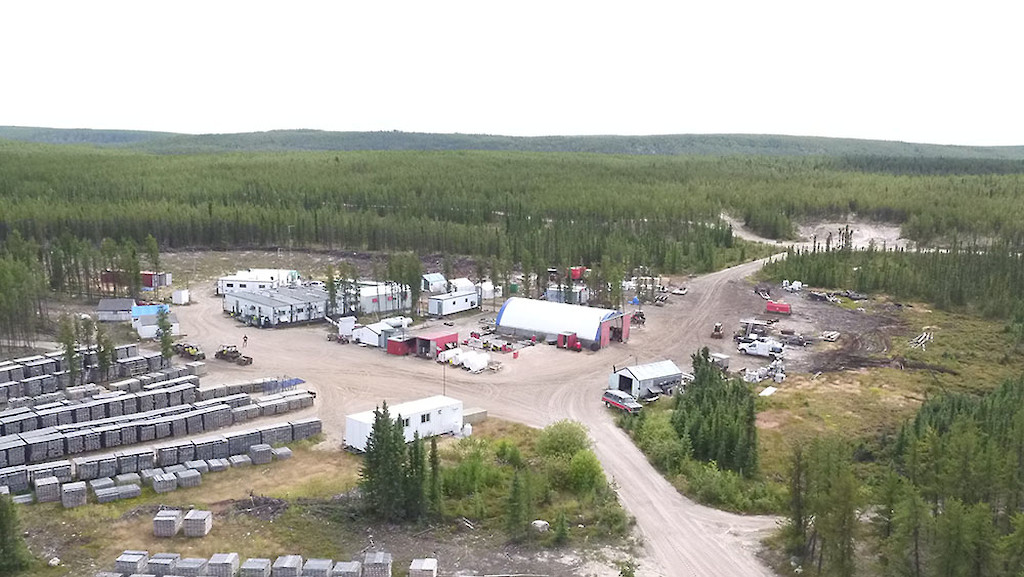Denison taking Wheeler River to feasibility


Denison Mines (TSX: DML; NYSE: DNN) has decided to start a feasibility study for its Wheeler River uranium project in The Athabasca Basin in Saskatchewan. The study, led by Wood PLC, will cover the Phoenix deposit.
Denison completed a de-risking phase of the project that included verifying orebody permeability and the leachability of high-grade uranium for in situ recovery (ISR) mining.
Further de-risking will be taken during the feasibility study. Planning and technical work is underway on the environmental assessment, including consultation with various interested parties. The resource estimate will be updated and form the basis of mine planning for the feasibility study. Mine design will include a freeze wall around the well field and further study of opportunities to optimize the well pattern, construction and production schedules. Method of improving plant design and operation will also be examined for the increased head grade (16 g/L). Finally, the capital cost estimate will be fine tuned.
Denison notes that Wheeler River, is the largest undeveloped uranium project in the eastern part of the Athabasca Basin. The project consists of Phoenix as well as the Gryphon deposit, which would be developed as a conventional underground mine. For both deposits, measured and indicated resources total 1.8 million tonnes grading 3.3% uranium oxide, containing 132.1 million lb. of uranium oxide. The inferred portion is 82,000 tonnes averaging 1.7 uranium oxide, containing 3 million lb. of uranium oxide. Total mine production over a 14-year life would be 109.4 million lb. of uranium oxide, according to the pre-feasibility study done in 2018.
More information is available at www.DenisonMines.com.
Comments